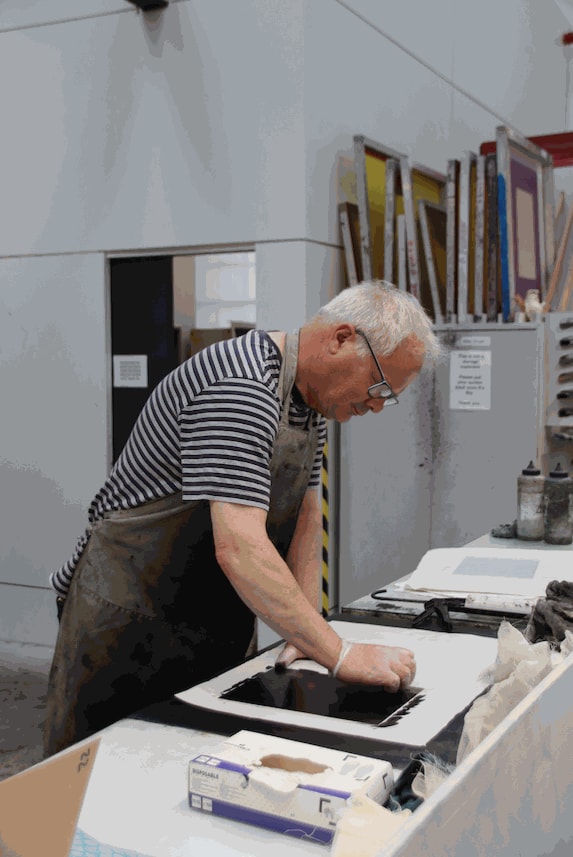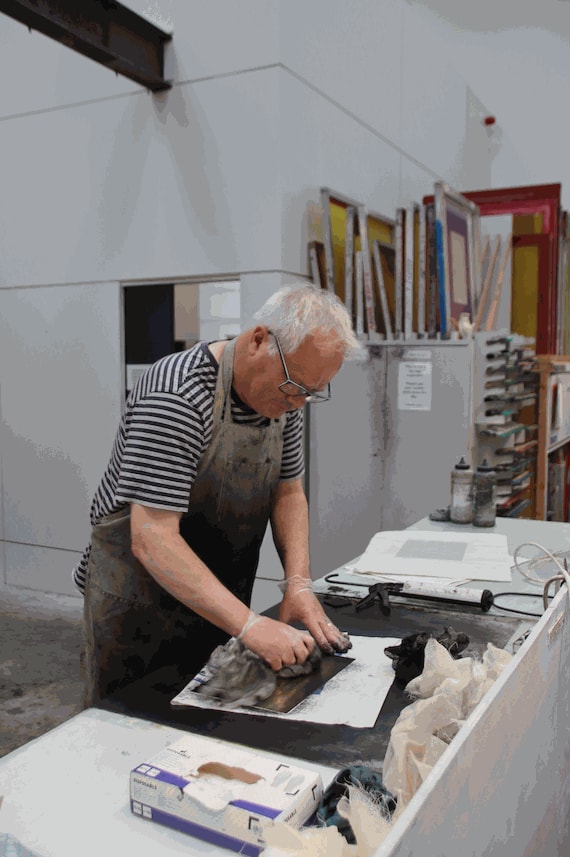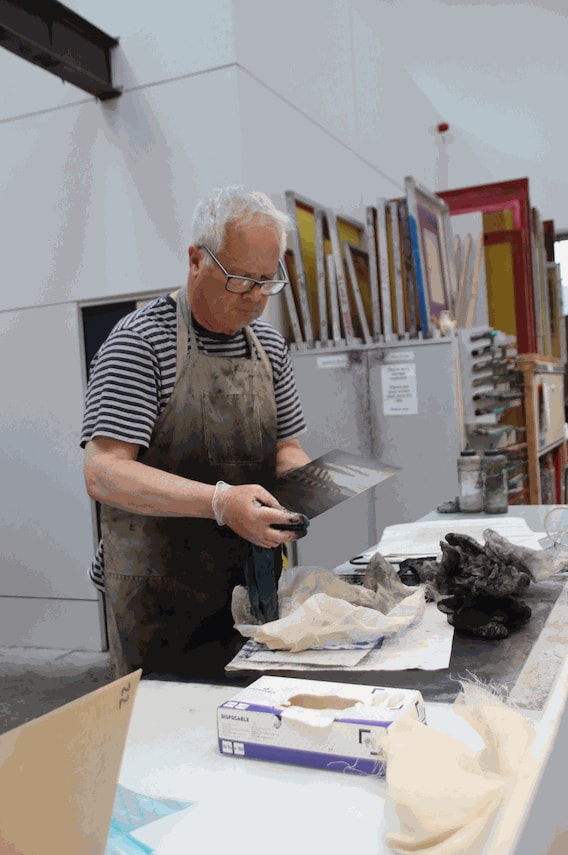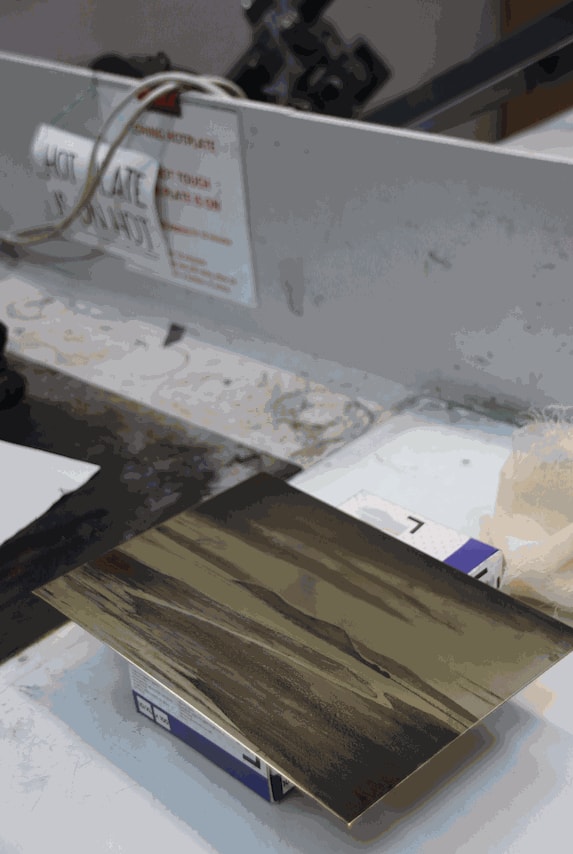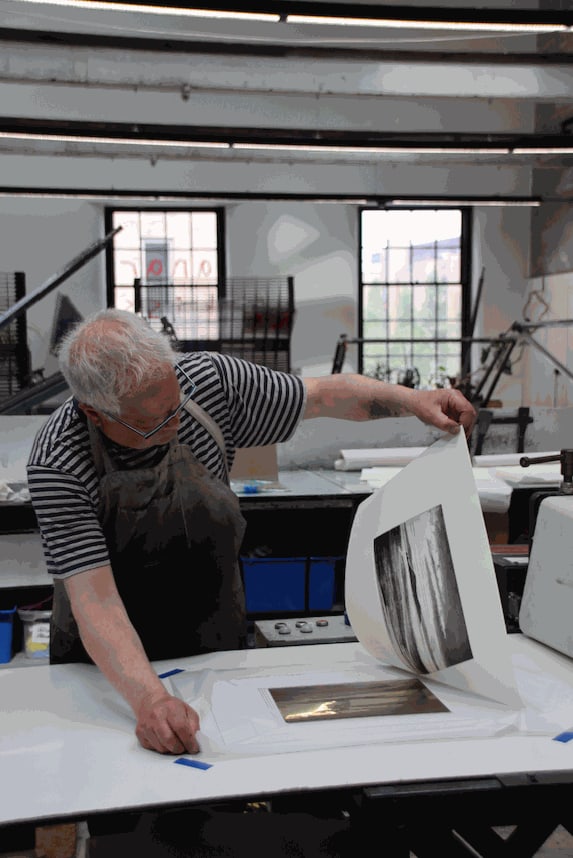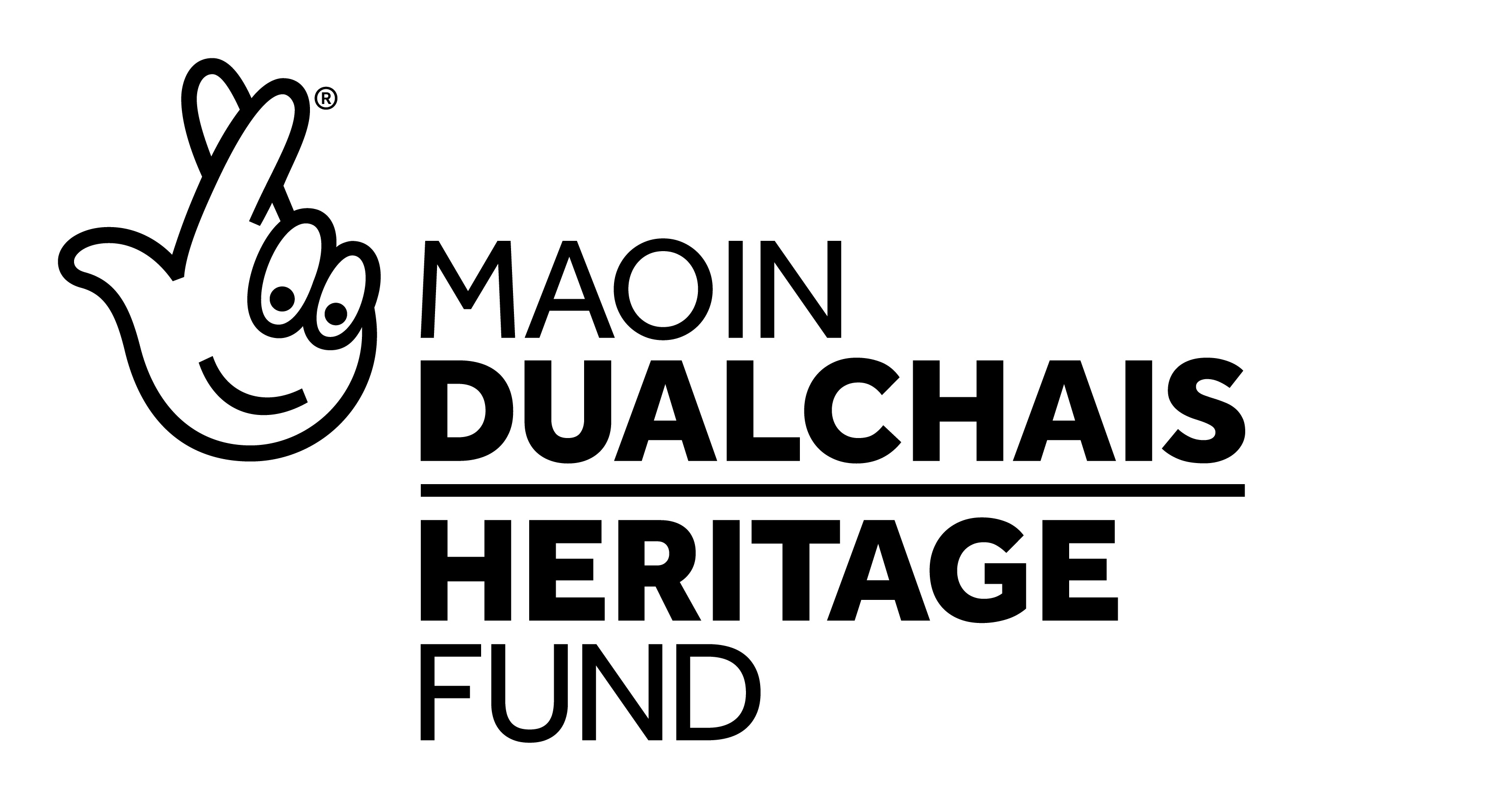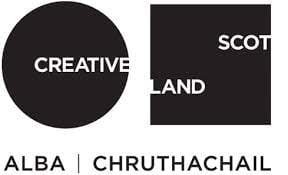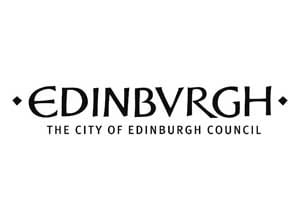What first drew you to Edinburgh Printmakers?
My move to Newtongrange, just south of Edinburgh, three years ago prompted me to join Edinburgh Printmakers. Having spent about a decade printmaking at Northern Print in Newcastle and a rented studio near Durham City, joining Edinburgh Printmakers which I had visited occasionally at Union Street was important for me. While much of my work now happens in my home studio, my membership remains invaluable. It provides access to essential facilities and, equally importantly, connects me with a vibrant and dedicated group of fellow printmakers.
How has traditional film photography influenced your work?
Photography, particularly black and white film, has been a lifelong interest. I'm drawn to how monochrome images emphasise form and tone, often evoking a deeper emotional resonance. This way of seeing things has undoubtedly carried over into my printmaking, with my initial explorations frequently translating my photographic work into print.
Another compelling aspect of black and white photography for me is its inherent constraint. Perhaps paradoxically, I think that working within limitations can spark greater creativity. My fascination with pinhole photography further underscores this idea – the challenge of pushing the boundaries of a highly restricted process. In a way, aquatint etching offers a similar dynamic, presenting a framework within which to explore its unique possibilities and limitations.
Your prints are often monochromatic – what inspired this choice?
Monochrome has been a constant throughout my artistic journey, both in photography and printmaking. I've always been captivated by the moody and atmospheric qualities that black and white images can possess.
Intaglio etching is a key part of your practice. What first drew you to this printmaking process, and what do you appreciate about it?
Intaglio, and specifically aquatint, immediately felt like a natural fit for the kind of imagery that resonates with me. While focusing solely on aquatint might seem restrictive, the reality is that there is a rich variety of techniques and variables to explore. This very experimentation – the process of trying different approaches to achieve a desired result – is a significant part of printmaking's appeal for me.
My etching journey began with photo-etching using Puretch film on steel plates. I've also experimented with acrylic resists, but now I primarily use traditional solvent-based materials and rosin aquatint. My process often involves a combination of techniques, including sugar lift, spit bite, and resists made from various waxes, soft pastels, soap, and traditional stop-out varnish. Many of my plates are built up through multiple layers of aquatint. In the last couple of years, I've moved away from using a deep tank for etching, opting instead for spit bite application. This involves painting the acid directly onto the aquatinted plate with brushes. I find this method much more enjoyable and it allows for a more spontaneous approach to etching, even if the results are sometimes less predictable.
Do you see your work as part of a series, or are they individual pieces?
While I often revisit similar themes and motifs, I consider each of my etchings to be an individual work.
What other artists inspire you?
I've long admired the work of Norman Ackroyd and find Jason Hicklin's landscape interpretations particularly compelling. I'm interested in the balance between realistic and impressionistic representations. Shifting focus, I also appreciate Tim Southhall's playful work. Additionally, I'm intrigued by work that carries a narrative quality, such as that of Karolina Larusdottir and Maite Cascón and of course Paula Rego.
How do you decide when a work is finished?
That's a question I still grapple with! I often find myself revisiting older pieces, making alterations or even creating new, related prints. I've certainly wasted a fair bit of paper by deciding a plate was finished, making perhaps half a dozen impressions, only to later feel dissatisfied and return to make changes. I probably need to adopt a practice of making a single proof of new work and living with it for a while before committing to a full edition.
How has your work evolved over the years?
Initially, my printmaking was closely tied to my photographic work. Over time, I've tried to shift towards a looser, more impressionistic style, based more on my drawings and sketches of my subjects. However, I still find myself battling the urge to create overly realistic representations.
What’s next for your printmaking practice?
My immediate goal is to continue to explore looser, more impressionistic depictions of landscapes. I'm also contemplating venturing into figurative work, which would be a new direction for me.
